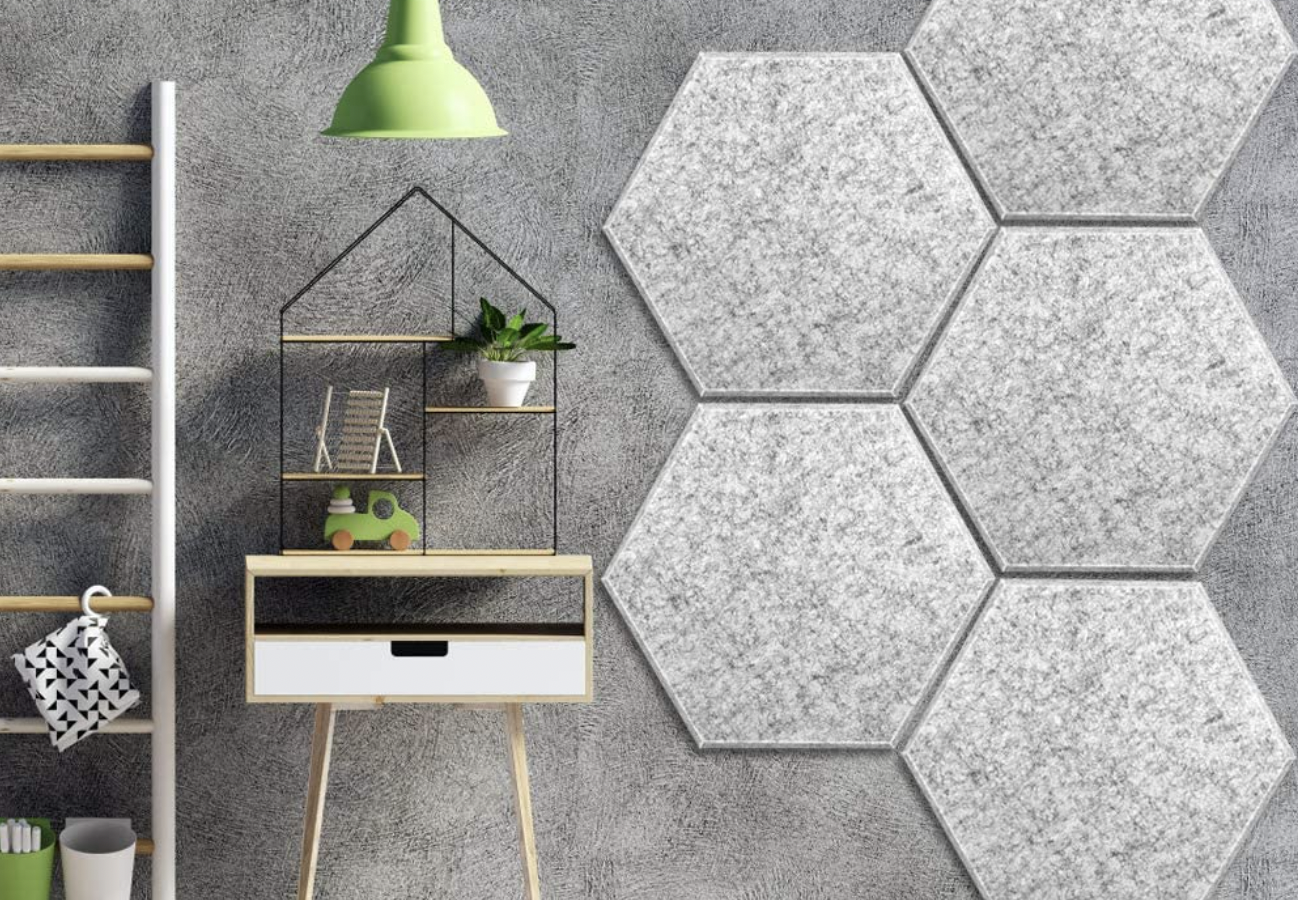Are you looking for ways to reduce noise in your home? Acoustic panels are one of the best solutions available. But how do you know which ones to choose? In this article, we’ll provide a comprehensive overview of acoustic panels and discuss the important factors to consider when selecting the right ones for your needs.
Introduction to Acoustic Wall Panels
If you’re looking for a way to reduce noise in your home, Acoustic Wall Panels are a great option. They can be used in any room to help absorb sound and improve the acoustics. Here’s a brief introduction to acoustic wall panels and how they can help reduce noise levels in your home.
Acoustic wall panels are made of porous materials that absorb sound waves. They’re usually installed on walls or ceilings, and they can be covered with fabric or other materials to match the decor of your room. Acoustic panels are an effective way to reduce echo and reverberation, and they can also help reduce overall noise levels.
There are a few things to consider when choosing acoustic panels. First, you’ll need to decide what type of panel is best for your needs. There are two main types of acoustic panels: absorption and diffusion. Absorption panels absorb sound waves, while diffusion panels scatter them. If you’re not sure which type of panel is best for your room, it’s a good idea to consult with an acoustician or other expert.
Once you’ve decided on the type of panel you need, you’ll need to choose the right size and thickness. The size of the panel will depend on the size of the room and the amount of noise reduction you need. Thickness is also important because it determines how much sound the panel can absorb. In general, thicker panels are more effective at reducing noise than thinner ones.
Types of Acoustic Wall Panels
There are three main types of acoustic wall panels: rigid, flexible, and absorptive. Rigid acoustic panels are made of hard materials like fiberglass or metal. They are effective at absorbing noise but can be difficult to install. Flexible Acoustic Panels are made of softer materials like foam or fabric. They are easier to install but may not be as effective at absorbing noise. Absorptive acoustic panels are made of materials that absorb sound waves. They are the most effective at reducing noise but can be more expensive.
Advantages of Acoustic Wall Panels
Acoustic wall panels are an effective way to reduce noise in your home. They are easy to install and can be used in a variety of settings, including homes, offices, classrooms, and more. Acoustic wall panels are available in a variety of materials, including foam, fiberglass, and more. They are also available in a variety of colors and styles to match your décor.
Tips for Choosing the Right Acoustic Panel for Your Home
If you’re looking for ways to reduce noise in your home, acoustic panels are a great option. But with so many different types and sizes of acoustic panels on the market, it can be hard to know which one is right for your home. Here are a few tips to help you choose the right acoustic panel for your home:
- Consider the size of the room. The larger the room, the more acoustic panels you’ll need to effectively reduce noise.
- Think about where you want to place the panels. Acoustic panels can be placed on walls or ceilings, depending on your needs.
- Choose a style that fits your home’s décor. Acoustic panels come in a variety of colors and styles, so you can find one that blends in with your existing décor.
- Ask about installation options. Some acoustic panel companies offer installation services, so be sure to ask about this before making your purchase.
Considerations for Different Room Types
There are a few things to consider when choosing acoustic panels for different room types in your home. If you have a smaller room, you may want to consider acoustic panels that can be hung on the walls or placed on shelves. For larger rooms, you may want to consider floor-to-ceiling acoustic panels or those that can be placed in corners. You’ll also want to take into account the type of noise you’re trying to reduce. If you’re looking to reduce echo and reverberation, you’ll want to choose acoustic panels that are absorbent. If you’re looking to block out external noise, you’ll want to choose soundproofing panels.
Installation and Maintenance Tips
Acoustic panels can be a great way to reduce noise in your home, but it’s important to choose the right ones for your needs and to install and maintain them properly. Here are some tips to help you choose and care for your acoustic panels:
-Choose panels that are specifically designed for sound absorption. These will be made of materials that absorb sound waves rather than reflect them.
-Make sure the panels are the right size for the space you’re trying to treat. They should be big enough to cover the entire area that you want to reduce noise in.
-Install the panels properly according to the manufacturer’s instructions. This usually involves attaching them to walls or ceilings with special brackets or adhesive.
-Be sure to clean the panels regularly with a soft cloth or vacuum attachment. Dust and dirt can build up on their surfaces and reduce their effectiveness.
Conclusion
Acoustic panels are a great tool for reducing noise levels in your home. Not only do they absorb sound, but they also can help to improve the acoustics of any room or space. When choosing acoustic panels, it is important to consider factors such as size, material and insulation properties in order to get the most effective results. With these tips in mind, you should be able to find the perfect set of acoustic panels for your home that will reduce noise levels while simultaneously improving acoustics.



































